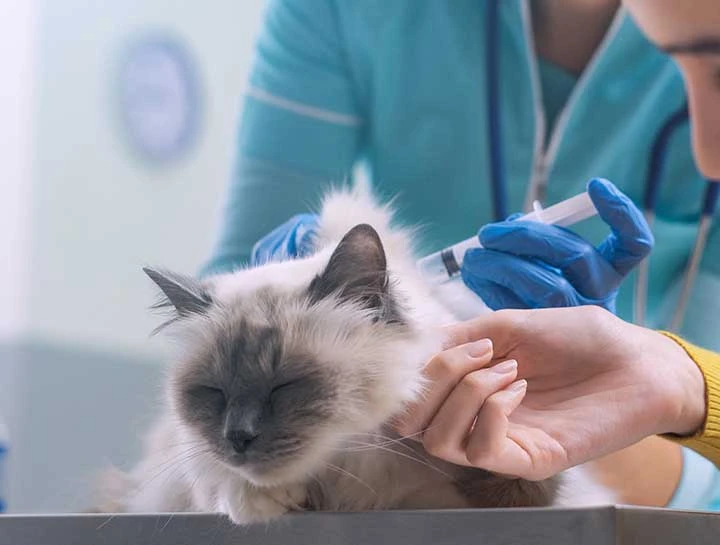Your Full Guide To Caring For A Diabetic Cat

Feline diabetes is more than just a buzzword in the veterinary world. It's a genuine concern for many cat owners, especially those with older or overweight cats. In this comprehensive guide, I'll dive deep into the world of feline diabetes, helping you understand the disease and equipping you with the knowledge to provide the best care for your diabetic cat.
What is Feline Diabetes?
Feline diabetes, much like human diabetes, is a condition where the body can't produce enough insulin or use the insulin it produces effectively. This leads to elevated blood sugar levels, which, if unchecked, can result in various health complications. There are two main types of diabetes in cats: type I and type II, with type I being more common.
The Causes
While the exact cause of diabetes in cats isn't always clear, several factors can increase the risk:
- Genetics: Just as in humans, some cats might be genetically predisposed to the disease.
- Obesity: Overweight cats are at a higher risk. A sedentary lifestyle and high-carb diet can lead to weight gain, which in turn can trigger diabetes.
- Other Health Conditions: Conditions like recurring pancreatitis and the use of certain drugs can also be contributing factors.
Recognizing the Symptoms
Early detection is your best ally. Watch out for:
- Polyuria & Polydipsia: These fancy terms simply mean increased urination and thirst. An empty water bowl or frequent trips to the litter box should ring alarm bells.
- Rapid Weight Loss: If your cat is losing weight too quickly, it's a sign. More than 2% of their total weight loss per week is considered excessive.
- Weakness & Lethargy: Changes in your cat's energy levels and behavior can be indicative of high blood sugar.
- Appetite Changes: A sudden decrease in appetite, especially coupled with other symptoms, should be a cause for concern.
Getting a Diagnosis
If you notice the above symptoms, consult your veterinarian. They'll likely recommend blood glucose determination and urinalysis tests. Remember, early diagnosis can potentially reverse the disease or make it more manageable.
Treatment & Management
Managing feline diabetes is a combination of insulin therapy, dietary changes, and regular monitoring.
- Insulin Therapy: This involves injecting insulin under the cat's skin, usually twice a day. It's essential to use a new, sterile syringe each time and to ensure the correct dosage.
- Diet: A high-protein, low-carbohydrate diet is recommended for diabetic cats. Canned diets can be especially beneficial due to their lower carb content. For more specialized diet recommendations, check out this list of recipes for diabetic cats.
- Exercise: Regular exercise can help manage the disease, so play sessions and short walks can be beneficial.
- Regular Vet Visits: Consistent check-ups ensure that the disease is under control and allows for any necessary adjustments in treatment.
Monitoring At Home
Home care involves a watchful eye. Track your cat's water intake, urine output, appetite, and weight. You can also learn to monitor their blood sugar levels at home, which can be a valuable tool in managing the disease.
Prognosis
With proper care, diabetic cats can lead fulfilling, healthy lives. Some cats even go into remission, maintaining normal blood sugar levels without the need for insulin injections.
Final Thoughts
Caring for a diabetic cat might seem daunting at first, but with the right knowledge and tools, it's entirely manageable. Remember, early detection and consistent care are key. And as always, work closely with your veterinarian to ensure the best outcome for your feline friend.